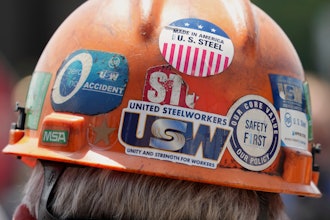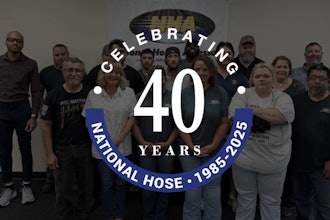
Does your organization walk its talk? That "talk" is actually the culture of an organization—the personality or general employee behavior that demonstrates the company's values. For many companies, the culture may be very different from the one espoused in its mission, vision, and values statements.
To find out if your organization's culture is what you want it to be, look at three key indicators:
1) How Employees Treat Each Other
When you view the way employees treat each other, determine if employees appreciate each other. Do they pay attention to each other? Are they willing to include all of the employees in company endeavors? Are some departments considered less essential than others—and treated that way? Is the organization siloed? Do the organizations collaborate, share information, and help each other? Many companies are quick to say that they are invested in their employees, but if that concern does not show up in everyday activities, the culture will reflect that.
As a manager, the best way to find out how employees treat each other is to spend time with them. Observe their behavior. Understand, of course, that if you show up just on occasion, employees will be on their best behavior, but if you are there regularly, they will begin to relax and let you see them as they normally behave, for better or for worse.
Even diligent managers may neglect to observe one employee population: those who work on the third shift. That shift is the stepchild of most organizations because leaders don’t want to get up and go to the midnight shift for a visit, but that unscheduled visit will reveal exactly what the culture is for the third shift—which may be completely different from the first or second shift.
2) How Employees and the Organization Treat Clients or Customers
Customer service is the current buzz phrase in business. Businesses recognize that providing exemplary assistance to potential and current customers is key to growing their companies. And yet, many companies treat their customers with disdain. One way to really tell the heart of a company's culture is to visit its call center and see what the acceptable interaction is between customers and those who represent the company.
In many customer service call centers, customers are treated as if they are pesky gnats that must be eliminated as soon as possible. Some call centers, for example, evaluate customer service representatives on how long they spend on the call—not on whether the problem was actually solved. Employees, wanting to get good statistics on their work, know that in reality, it makes more sense to hang up on a long-winded caller than to talk through the problem to a resolution. The employees know the rewards have been established to value productivity, which often means a quick end to the call. And that lets employees know that although the company may say customer service is important to the culture, it really isn't.
3) How the Organization Engages with Its Vendors
The third area to assess when determining an organization's culture is how it interacts with those who provide materials or support to the company. Just as you should look at how an organization treats customers, find out whether the vendors are considered valued partners or necessary pests. Are they treated as equals, or is the company attempting to squeeze every penny of profit out of the vendor's part of the operation to put it into the company's bottom line?
The best example of this was Enron, once one of the world's leading energy companies before it went bankrupt in 2001. From top to bottom, Enron's leadership was corrupt in their dealings with investors and employees, and eventually the company's own fraudulent accounting became its downfall.
Enron taught us that you can have the loftiest statements about your culture. You can put it on a plaque, you can put it in the handbook, and you can preach it at every organizational meeting. But the reality is that everyone looks at how the leaders behave towards the groups they interact with—like employees, customers, and vendors. And based on that behavior, employees will determine how they should behave. That, not your lofty statement, is what becomes your culture.
If you're wondering why your organization's culture is not aligned with its desired vision, start assessing these three areas to see where the dysfunction starts.
Paul, a "recovering employment attorney", is a Business and Executive Coach with a national clientele. He is also the author of WorkQuake, 76 ways to thrive in the Knowledge Economy, and a blogger for FastCompany.com. His writing is featured inThe Business Edge, Vistage, Manufacturing.net, and Food Manufacturing. Paul can be contacted at 630-913-6555 and [email protected].






















